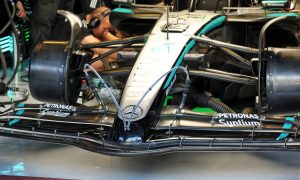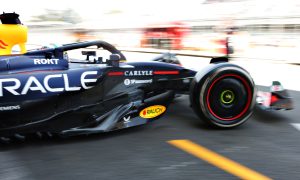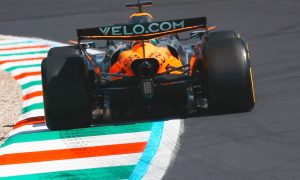
As the F1 season enters its final stretch, the teams’ development programmes are beginning to thin out although upgrades are still forthcoming.
Ahead of this weekend’s round of racing in Singapore, seven outfits have implemented changes on their cars, most of which cater to the street circuit traits of Marina Bay.
Mercedes, Sauber and Haas are all fielding unchanged cars this weekend, with the Brackly seemingly permanently abandoning the most recent specification of its floor element.
To optimize performance for the unique challenges of this weekend’s venue, Red Bull has implemented an update to the front corner of its RB20 car.
The team has enlarged the exit duct to enhance cooling capacity for the front brakes, ensuring they can handle the demands of the high-speed corners and long straights of the Singapore track.
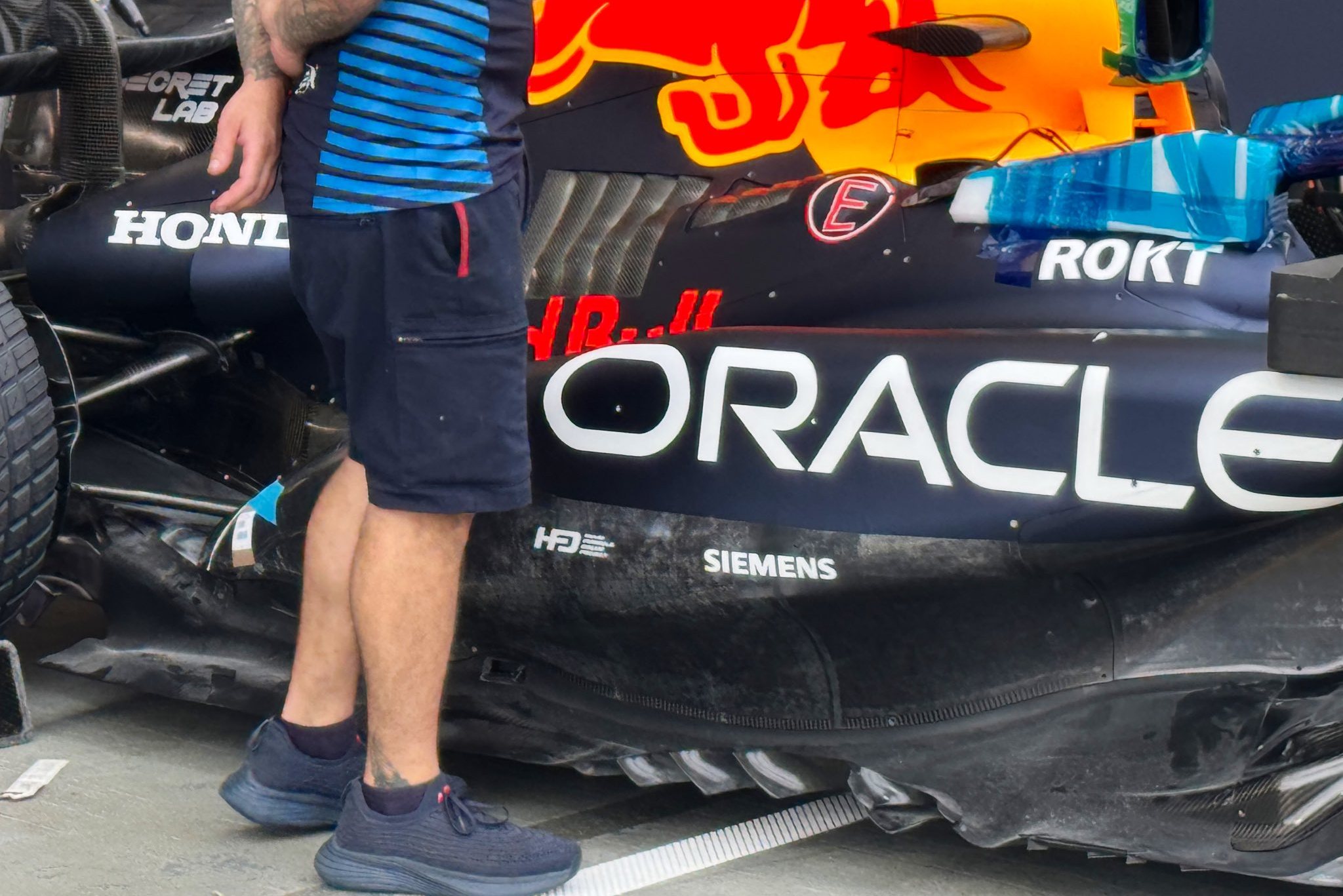
Ferrari has introduced a new front wing design for this weekend. The updated aero component features revised spanwise loading distribution on the third and fourth elements, along with modified tip details.
This upgrade is not specifically tailored to the Singapore circuit but aims to enhance overall performance and improve downstream airflow quality across a wider range of operating conditions.
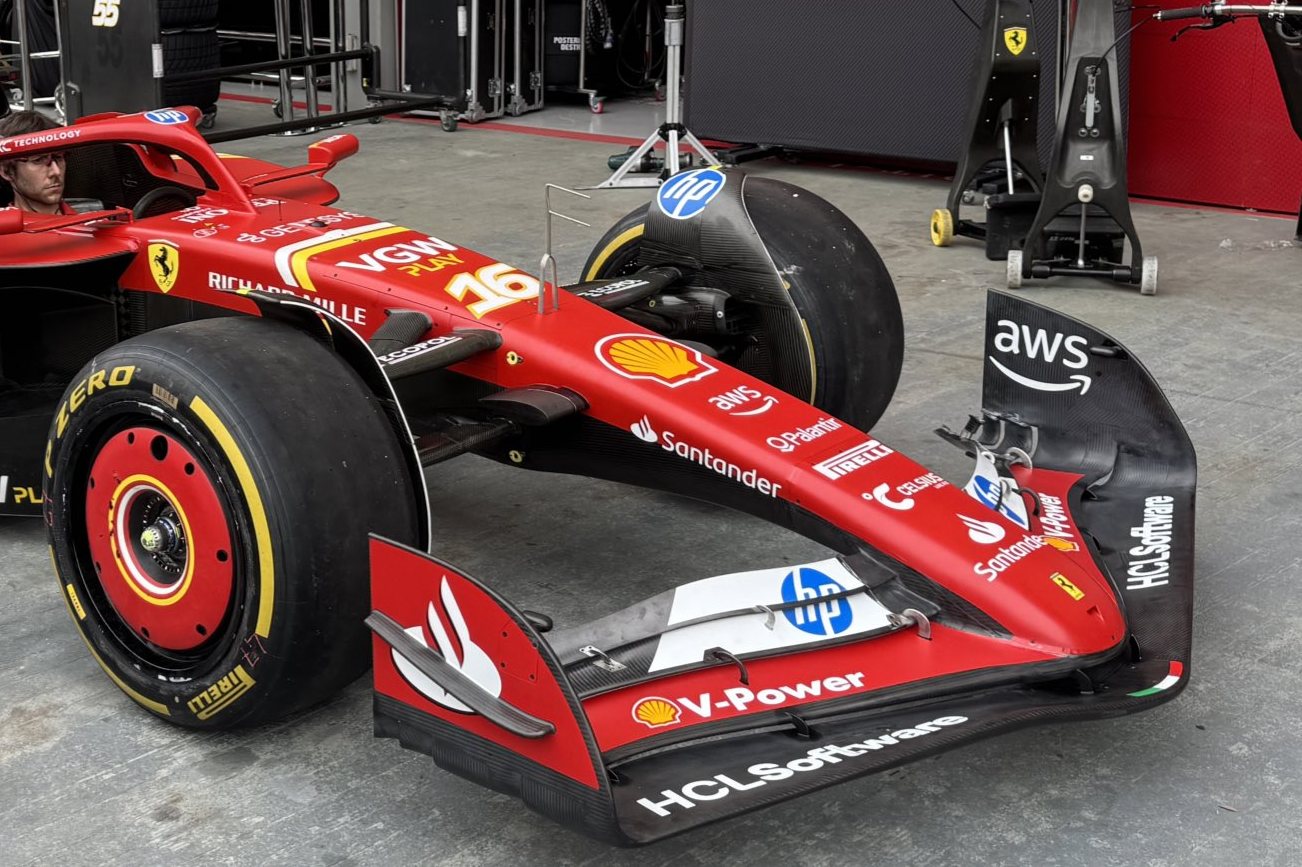
©Picture courtesy of X/AlbertFabrega
To optimize its performance for the Singapore track, McLaren has introduced a higher downforce beam wing configuration. This update is designed to increase overall aerodynamic load without significantly compromising drag, making it well-suited for the high-speed corners and long straights of the Marina Bay circuit.
Aston Martin has introduced a revised front wing design, with a more aggressive flap with increased incidence mid-span. This modification aims to increase the load generated by the front wing, helping to balance the rear wing configuration expected to be used at the event.
Over at Alpine, the team has reprofiled the top main plane of the rear wing on its A524 to optimize performance for the unique characteristics of the Marina Bay circuit.
This modification is designed to increase aerodynamic load without significantly compromising drag, making it well-suited for the high-speed corners and long straights of the track.
Williams has introduced updates to their car’s front suspension system for the Singapore Grand Prix, revising the geometry of the front wishbones, track rod, and pushrod.
Additionally, minor modifications have been made to the brake duct surfaces, boot panels, and chassis leg fairings to complement the revised leg geometries. These updates are designed to improve overall car performance and potentially enhance aerodynamic efficiency.
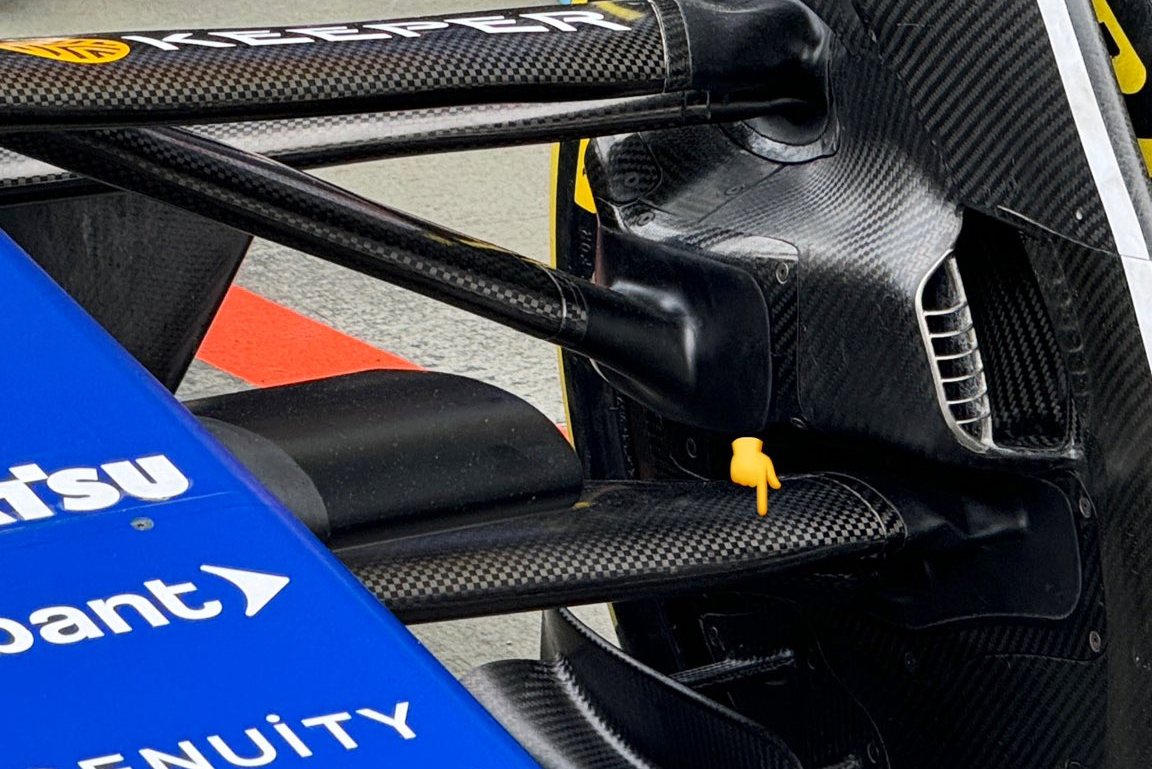
©Picture courtesy of X/AlbertFabrega
RB has introduced a revised front wing design, where the team has increased the camber and chord of the front wing flap compared to previous specifications. This larger flap generates more overall load from the front wing, providing the necessary balance for high-downforce circuits.
The modified element also conditions the airflow ahead of other aerodynamic surfaces that were updated for the Dutch Grand Prix. This improved airflow helps to increase the local load generated by these previously modified elements, contributing to enhanced overall performance.
Keep up to date with all the F1 news via Facebook and Twitter



